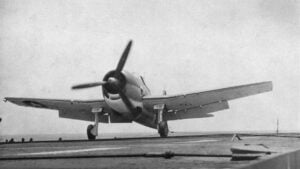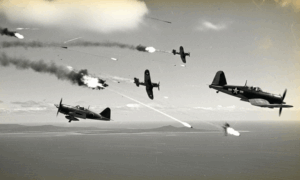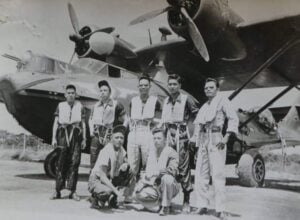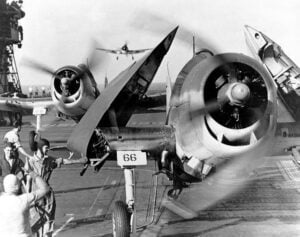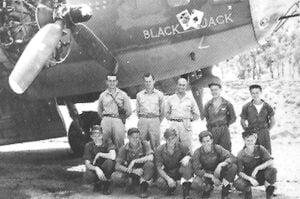Watch a Fully Restored 1943 de Havilland Tiger Moth Take to the Skies Once More
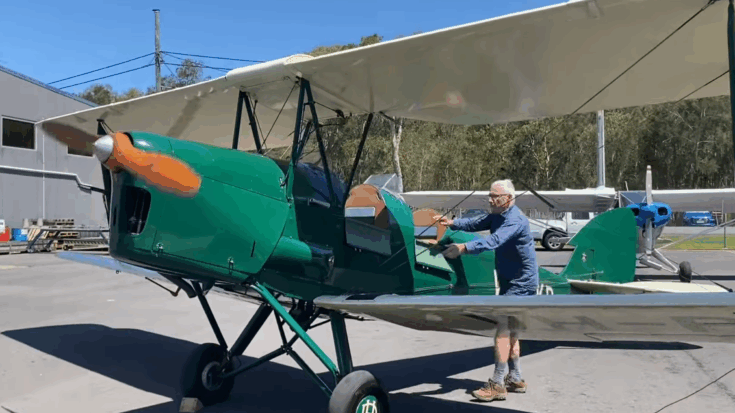
Come Fly With Me Australia / YouTube
The de Havilland Tiger Moth remains one of the most recognizable training aircraft of the Second World War. Many pilots from that era first learned basic flight skills in this simple biplane, and its light frame and open cockpit still draw attention today. This restored 1943 example, cared for with patience and careful maintenance, offers a close look at how these machines were designed and operated.
Engine and Care
During the walk-around, the owner explains the four-cylinder engine, pointing out the rocker mechanisms placed neatly along the top. Each small housing is removed during inspections so the clearances can be checked and the chamber can be partly filled with fresh oil. Some parts receive oil through the system, while others depend on splash lubrication from a small pool contained in the housing. The aircraft uses a dry sump design, which stores oil in a separate tank to ensure steady flow during flight.
Fuel enters the engine through a line across the front, and nearby sits the throttle setup and magneto units. These parts are straightforward and easy to reach, showing how the aircraft was designed for training and quick servicing. The wooden propeller, still in fine condition, adds to the plane’s original appearance.

Starting the Aircraft
Starting the engine requires priming the carburetor until a small overflow appears. Because it uses a manual propeller start, someone must pull the chocks away once the engine fires. The owner explains that he prefers help for safety, as the aircraft can move forward even at idle if the chocks are removed too early or too late.
Flying and Features
Inside the cockpit sit instruments typical of the wartime period. The Tiger Moth can be flown from either seat, but solo flights are made from the rear. This example includes a tail wheel instead of the early skid, making it easier to handle on paved surfaces. The owner flies it every few weeks, often taking it along the coast, keeping a piece of aviation history active in the air.
Keep going for the video below:














